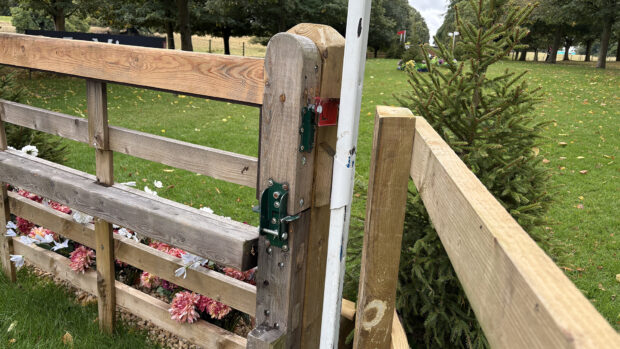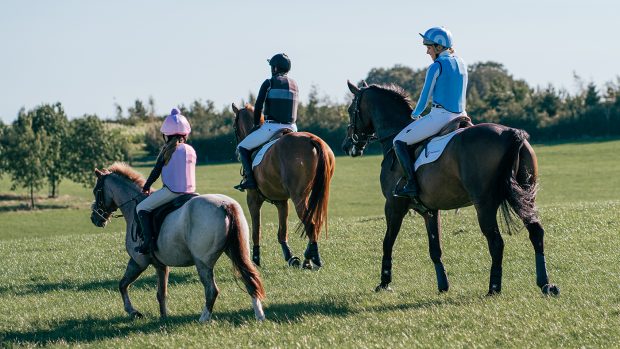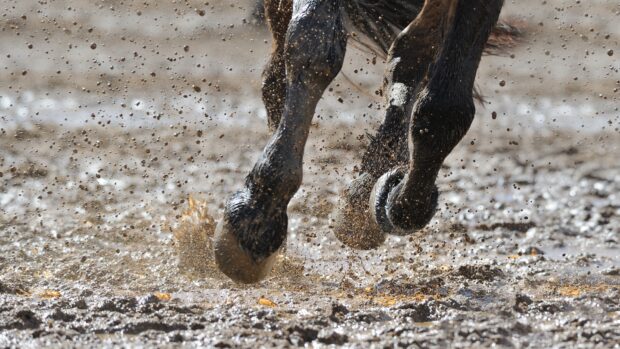Read part one of our training series with William Micklem on safer jumping
Thinking about cross-country riding as a contract of responsibilities between rider and horse is what’s required to ensure that both can take part in the sport safely.
International coach William Micklem explains which responsibilities lie with the rider and which lie with the horse.
The rider’s three key responsibilites:
1. To put their horse “in gear”. You are not safe going cross-country unless your horse is in gear, taking you willingly forwards to the fence. Putting the horse in gear is another way of saying create controlled impulsion. The basis for a horse being in gear is good dressage.
2. To provide the right direction at all times.
3. To provide the right speed, together with alterations to the level of impulsion, if required.
The horse’s three key responsibilites:
1. To be sufficiently obedient to allow the rider to decide on the right direction, speed and level of impulsion, and if they won’t agree to this, they shouldn’t be going across country in competition. Instead, a few steps back to easier exercises have to be taken.
2. To take physical responsibility for jumping the fence. Who could argue with this? But you still see riders acting as though it is their own legs on the ground, throwing their bodies around and strenuously pulling on the reins.
3. To look at the fence and take decisions about the size and type of effort needed and, to a significant degree, the take-off point. Too many riders try to take these responsibilities away from the horse and, as a consequence, substantially reduce their potential, or at worst, make cross-country riding dangerous.
Don’t miss this week’s Horse & Hound, on sale 15 October, for the second part of our training series in full.
Read part one of our training series with William Micklem on safer jumping



